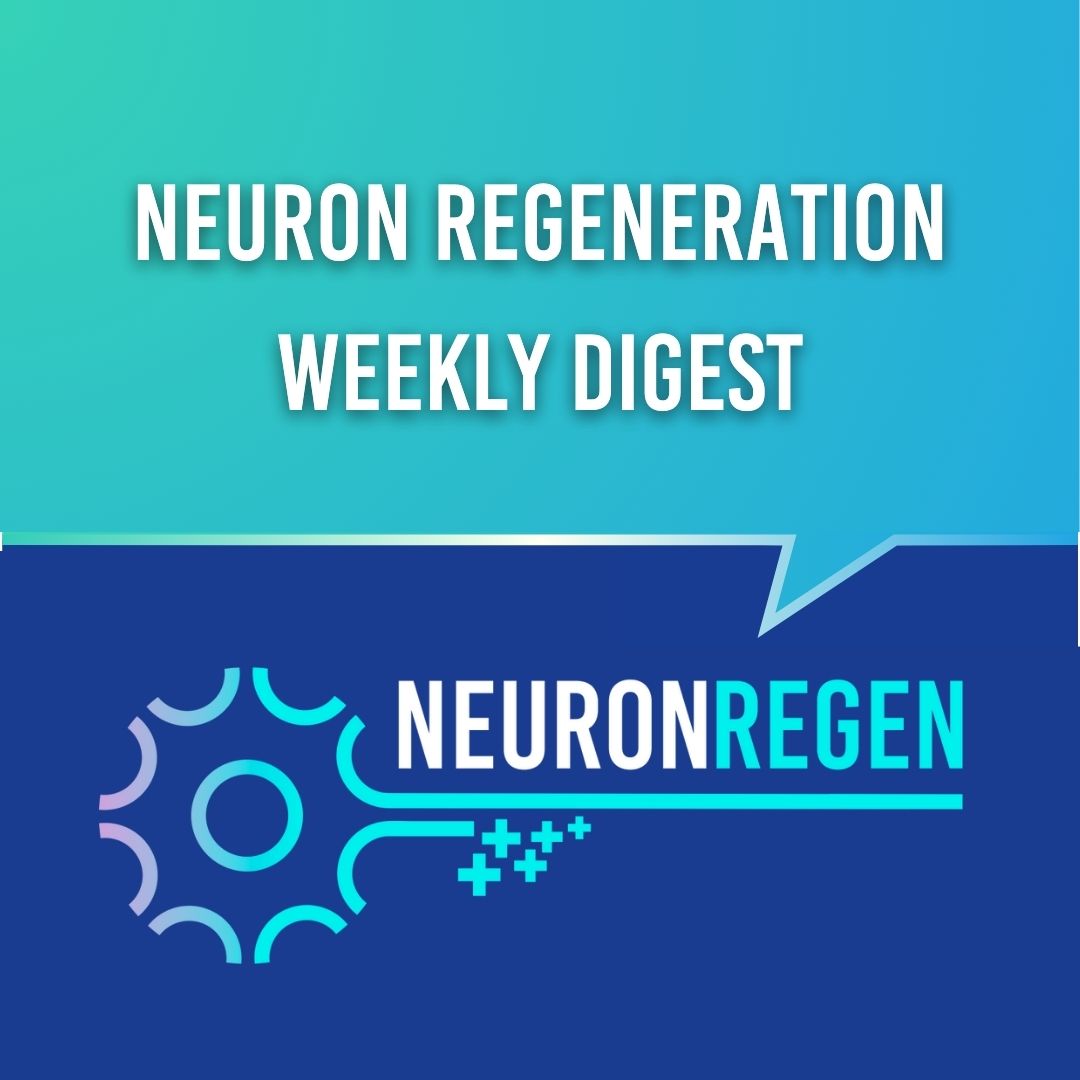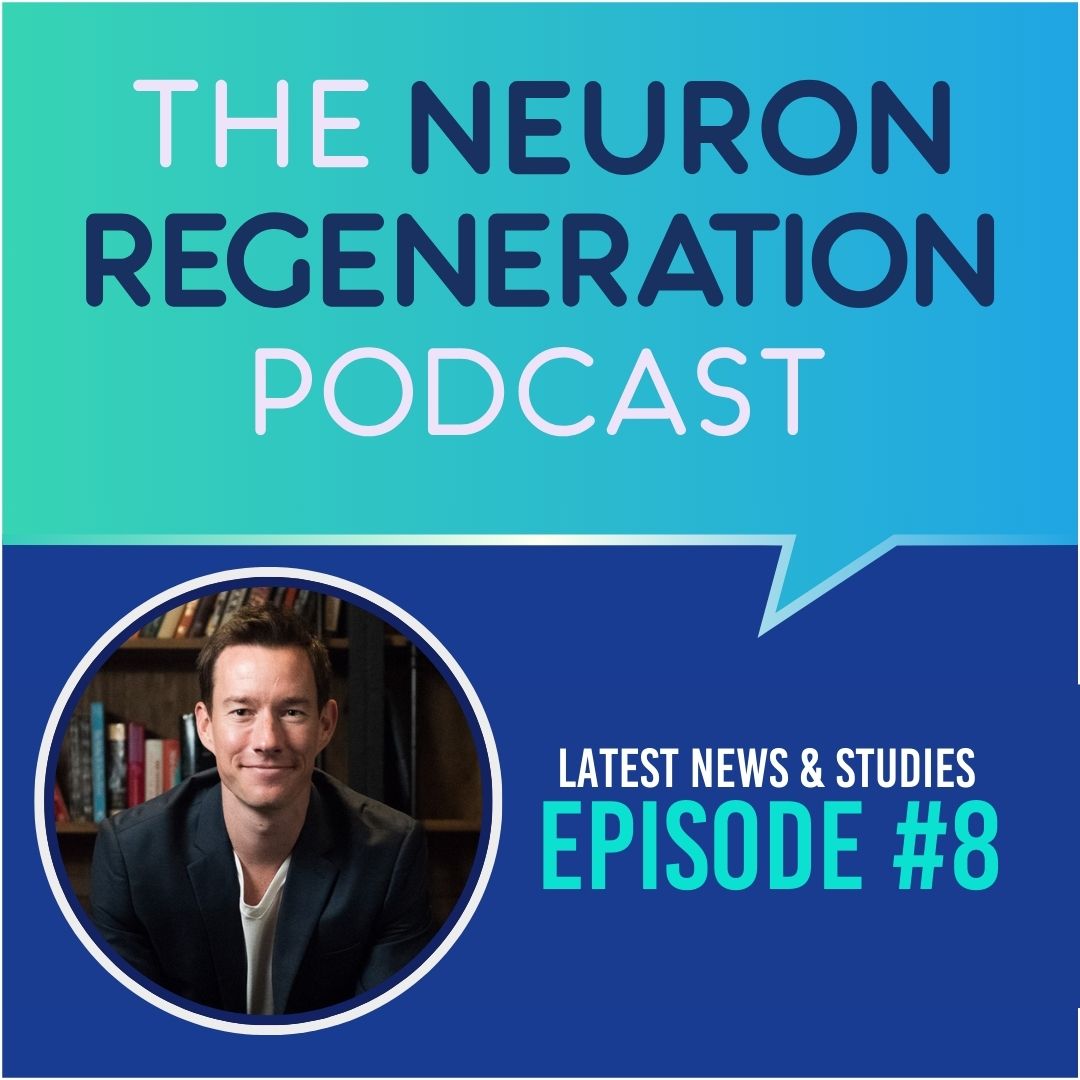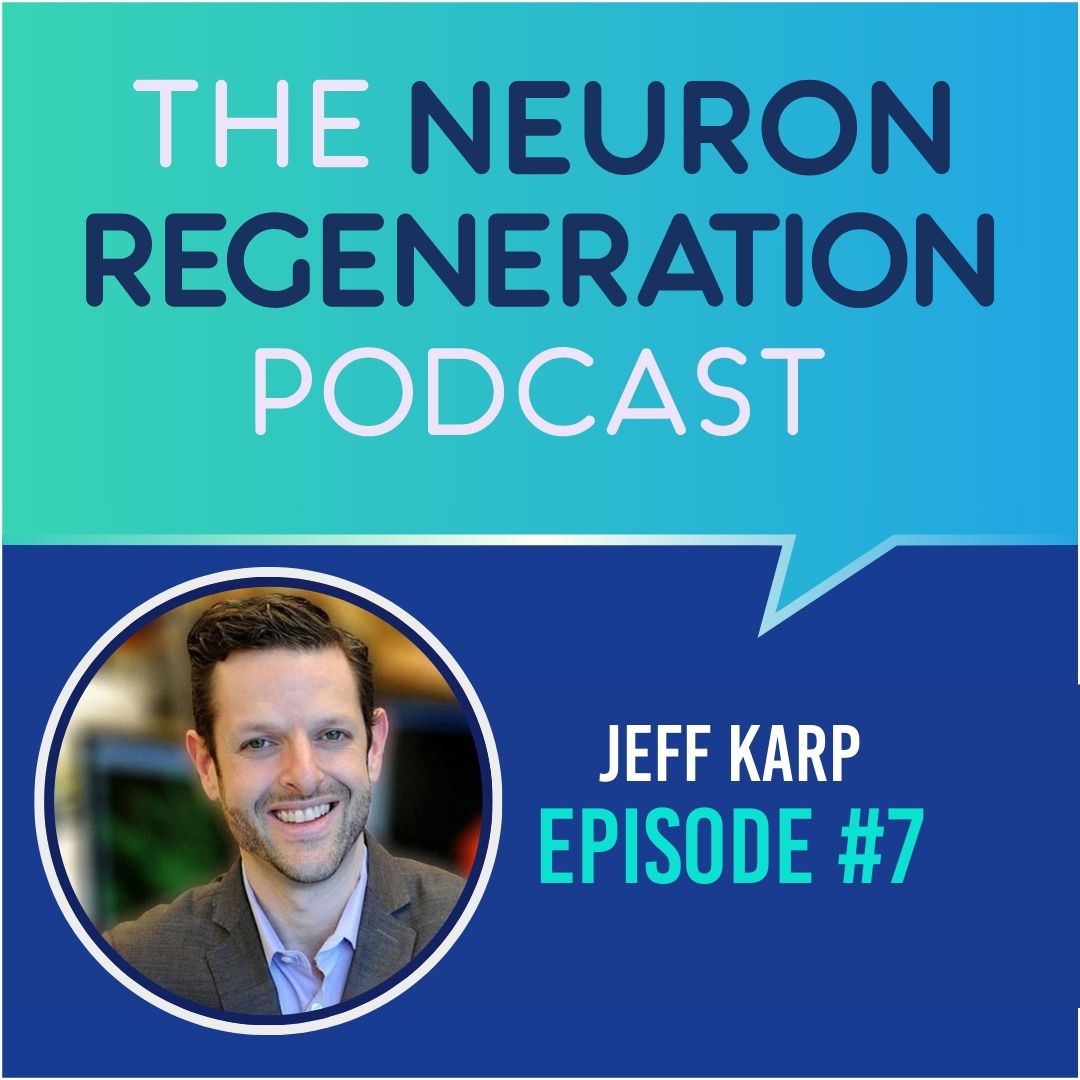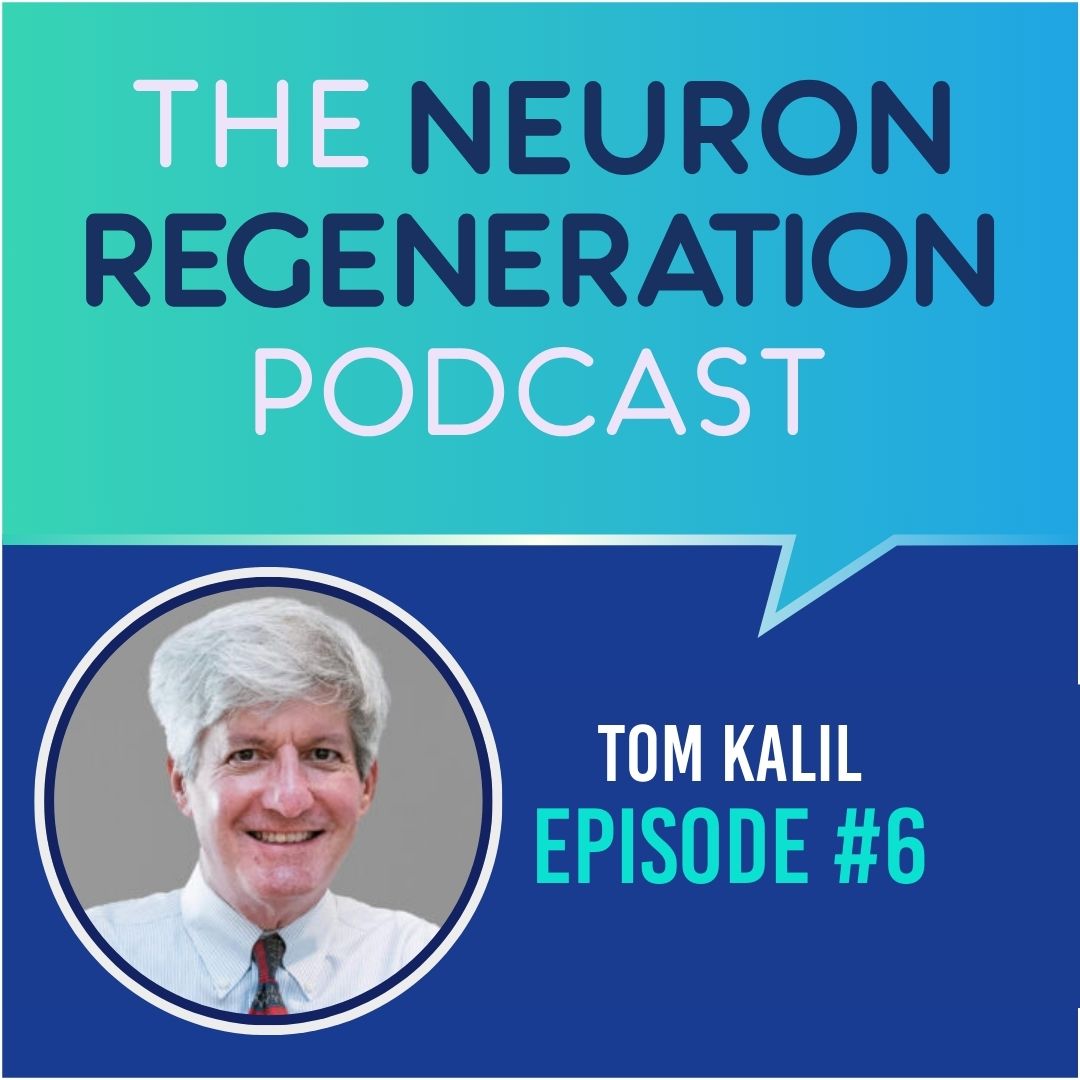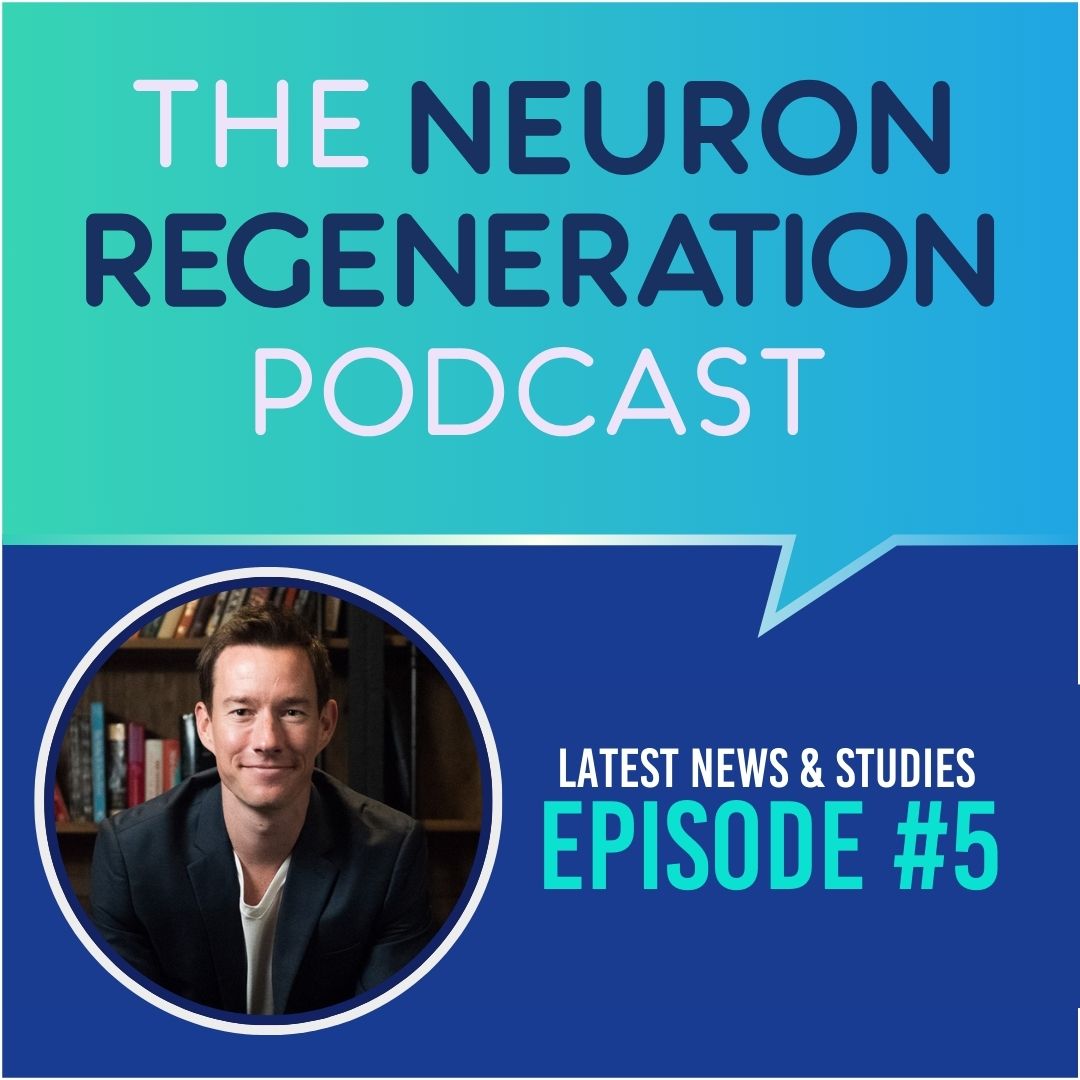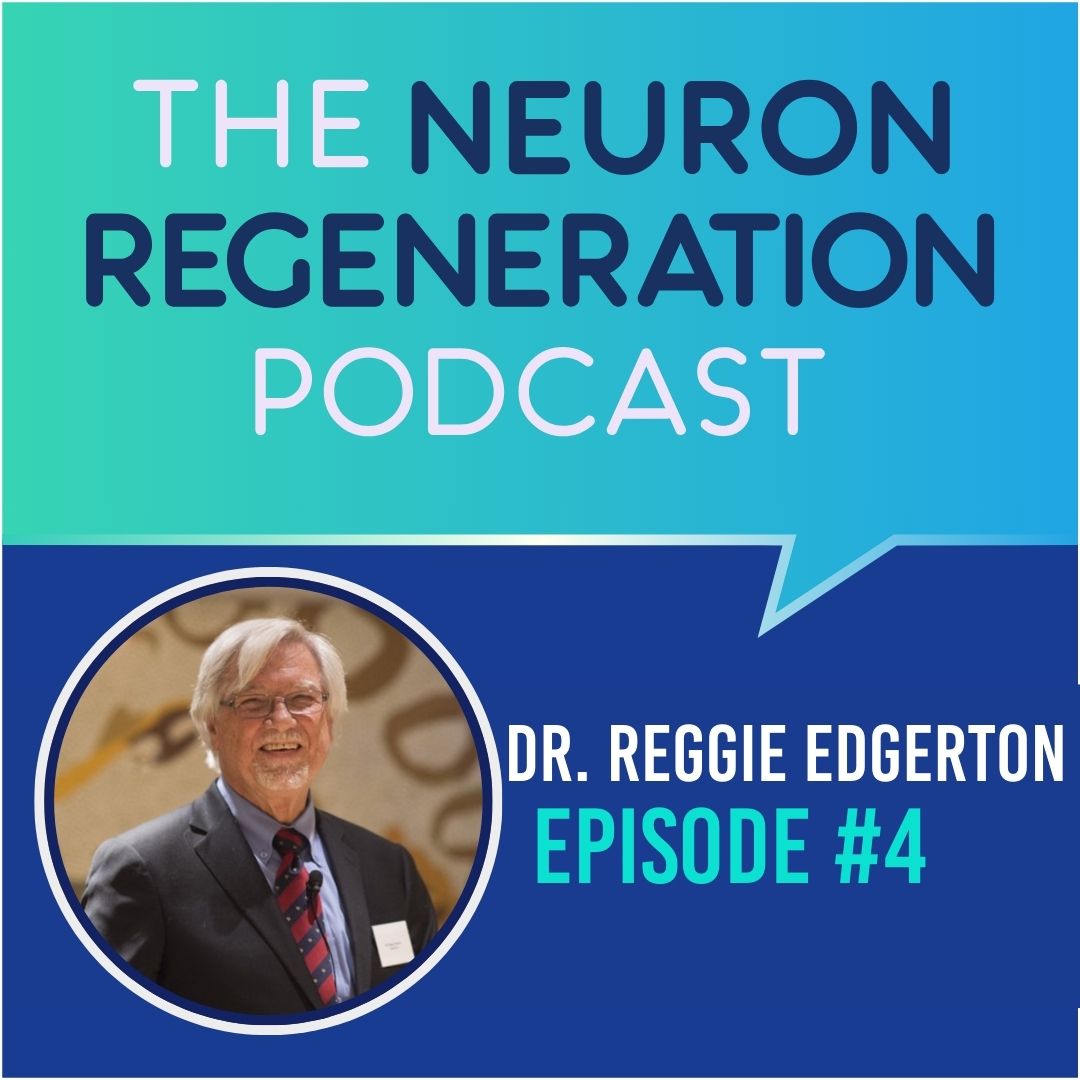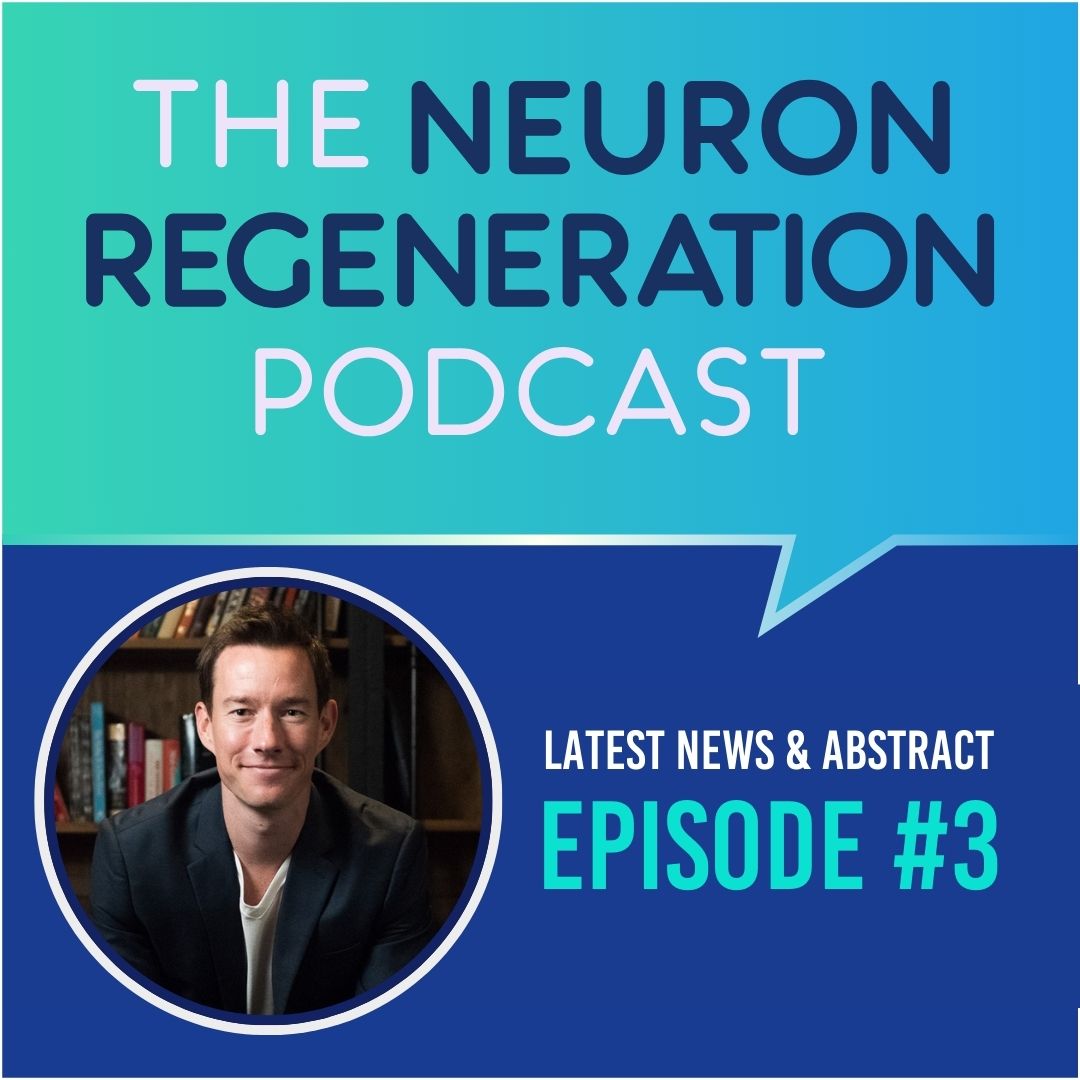The intricate interplay of cellular processes within the nervous system makes it both remarkably adaptable and profoundly susceptible to injury and disease. This duality has propelled ongoing research into uncovering mechanisms that can repair and regenerate damaged neural tissue. Recent advancements in neuroregeneration science have highlighted pivotal pathways driving neuronal degeneration, inflammation, and recovery, offering new therapeutic potential for conditions like spinal cord injury, Parkinson’s disease, and Alzheimer’s.
The three studies below shed light on the complex relationships between microglial activity, extracellular matrix remodeling, and stem cell-mediated repair in the quest to restore neural function:
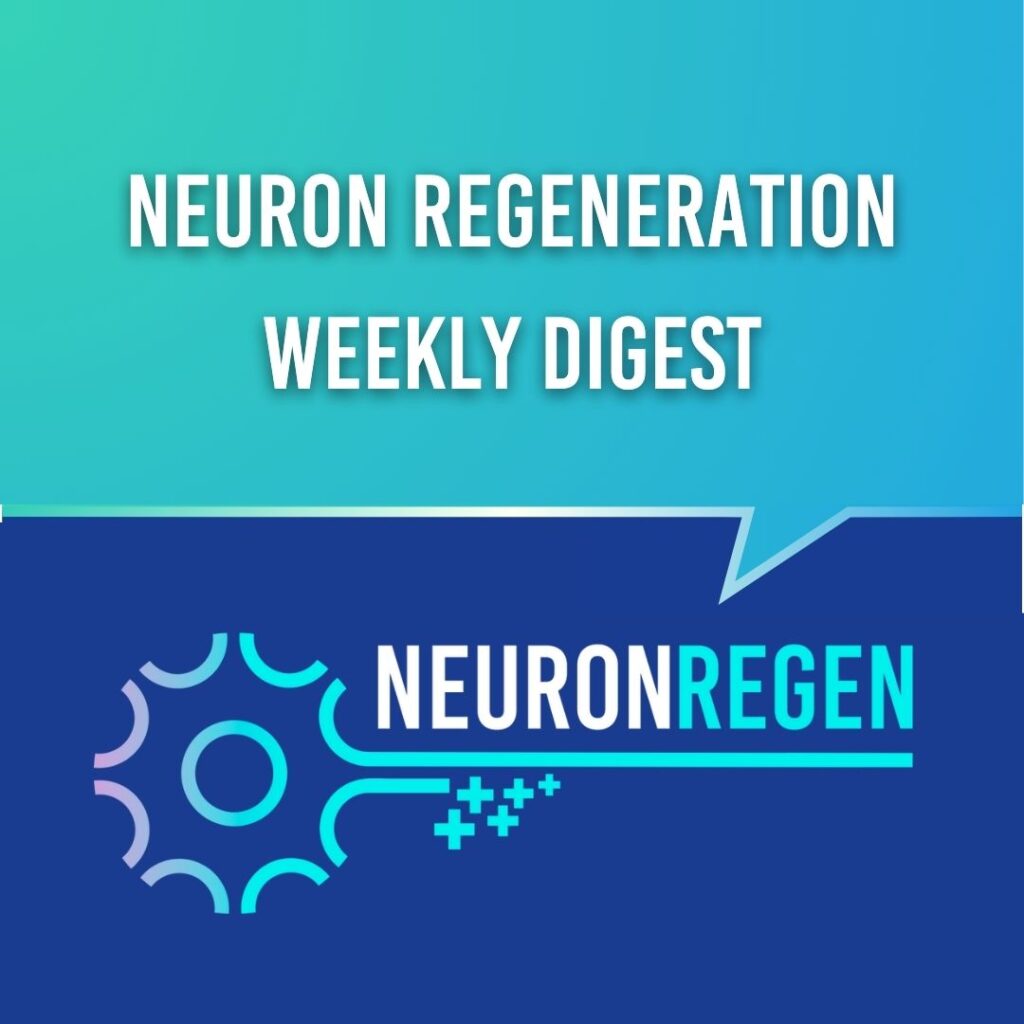
1. Ferroptosis-related genes participate in the microglia-induced neuroinflammation of spinal cord injury via NF-κB signaling: evidence from integrated single-cell and spatial transcriptomic analysis
This study uncovers the pivotal role of a unique microglia subcluster in driving neuroinflammation and ferroptosis after spinal cord injury (SCI). Using advanced single-cell and spatial transcriptomics, researchers identified key genes and pathways, such as NFKB1 and CYBB, linked to microglial behavior and neuronal degeneration. Promisingly, treatments like NT3-chitosan and LDH-NT3 demonstrated potential to curb these processes, paving the way for innovative therapeutic strategies.
2. Microglia depletion reduces neurodegeneration and remodels extracellular matrix in a mouse Parkinson’s disease model triggered by α-synuclein overexpression
A recent study in a mouse model of Parkinson’s disease reveals that depleting microglia, the brain’s immune cells, not only reduces neurodegeneration but also reshapes the brain’s extracellular matrix. Using the CSF-1R inhibitor PLX5622, researchers preserved motor function and dopaminergic neurons, offering insights into how targeting microglial activity could be a promising therapeutic strategy.
3. Clinical-grade human dental pulp stem cells improve adult hippocampal neural regeneration and cognitive deficits in Alzheimer’s disease
A groundbreaking study reveals that human dental pulp stem cells (hDPSCs) can improve memory, reduce cognitive deficits, and promote neural regeneration in Alzheimer’s disease. By activating the Wnt/β-catenin pathway, these stem cells show both short- and long-term therapeutic benefits in mouse models, offering hope for innovative, non-invasive treatments for neurodegenerative disorders.
If you’d like to stay informed of the latest publications and breakthroughs in neuron regeneration, join our email newsletter to the right (or below on mobile). We send out weekly updates with the latest papers and studies, as well as podcast episodes with the people driving Neuroregenerative breakthroughs.

